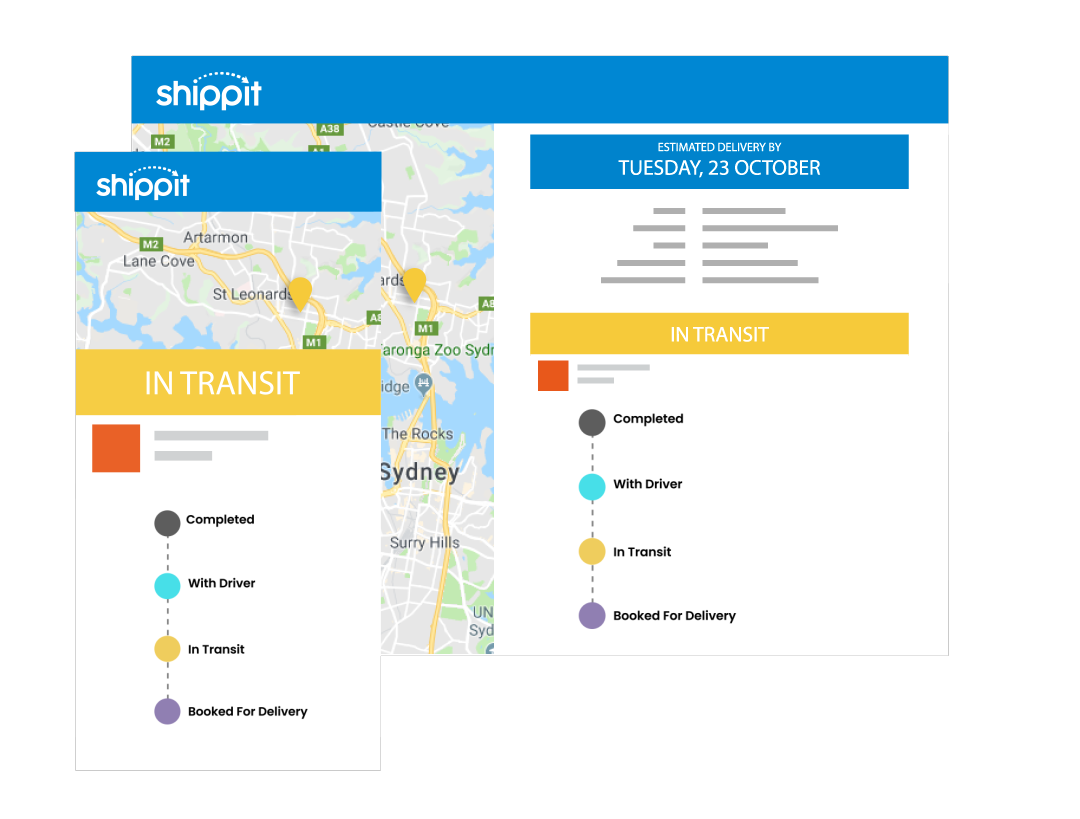As soon as you land on a website, the chatbot window pops up, providing the first touchpoint for your online shopping session. Kicking off the conversation by introducing themselves by name, the chatbot will ask you how it can help you; questions, directions and suggestions. This digital guide often makes us feel like we’re in good hands as it puts us on a path to purchase.
The rise of chatbots has been met with mixed feelings. While some people relish the opportunity to interact with brands via text or chat, others worry chatbots will threaten customer service jobs and replace efficiency with impersonal interactions. While the idea of having a conversation with a chatbot can be confronting, a recent Gartner study predicts that by 2020, 85% of customers will resolve all brand interactions without interacting with a human.
With more and more customers getting chatty, chatbots are reshaping conversational commerce and changing the game for online retailers.
Conversations and Commerce
eMarketer projects that by 2020, global online sales will exceed $4 trillion. While that’s a vast market, opportunities of that scale inevitably come with fierce competition.
In today’s eCommerce ecosystem, digitally empowered consumers to turn to the internet for information, social engagement, social-proofed recommendations and ultimately – purchases. Having access to a well of information on-tap has shifted consumer expectations; the bottom line is, humans, don’t like waiting for other humans. With attention-spans shrinking and the customer service bar set high, eCommerce chatbots offer an efficient way for retailers to meet their customers’ 24/7 demands.
If we strip back all the layers, at its heart, eCommerce is based on convenience, efficiency and the ability to satisfy customers’ needs on their terms. With this in mind, chatbots present an opportunity for online retailers to close the gap between customer support and commerce.
Get Personal
When used correctly, eCommerce chatbots can do more than simulate conversations and answer admin questions. Using NLP (Natural Language Processing), a chatbot instantly understands the customer and in doing so, builds relationships with customers faster than humans can. In an online world where connection counts, these fast-friendships can have a tangible impact on conversions.
With lightning-quick automated responses upping the ante, it’s no wonder eCommerce has witnessed the fastest and most revolutionary adoptions of the chatbot. A single AI-powered chatbot can process a mountain of information, from millions of simultaneous requests to product recommendations, shipping information, past order details and general admin. Consumers have come to expect they’ll be fed relevant information without actively seeking it out, and that’s where chatbots can bridge the gap.
In an age of personalisation, a chatbot needs to do more than transact information. To connect and convert, it needs to use natural conversations which facilitate faster decisions and guide users towards a transaction. By using historical patterns and data, a chatbot can provide tailored recommendations and more meaningful customer experiences.
The Chat Line
What could go wrong when an online messaging platform attempts to replicate a human interaction? Plenty. To avoid crossing the line from chatty to creepy, eCommerce brands considering using a chatbot should be mindful of going too far.
Fake Friends
Data is sacred, and privacy is paramount. Consumers aren’t fooled; they know they’re talking to a bot which is mimicking human behaviour. Regardless of how realistic your conversations are, never pretend your chatbot is human – it could lead to users feeling like you’re lying to them.
Bothersome Bots
A few years ago, online retailer, Kogan.com, published a hilarious video to promote the opening of their pop-up store. It demonstrated how cookies, email paywalls and big data analytics work in a physical store. As well as being entertaining, it proved the point that desperate attempts to connect are invasive. In the absence of social cues, the same can happen with a chatbot. The key to healthy bot-related conversations is in drawing the line when the user has what they need and keep the follow-up messages to a minimum.
Can’t Compute
At one point in time, we’ve all felt the frustration of being on hold for so long, we’ve felt ourselves ageing. Chatbots are meant to cut out that whole process, but sometimes, it backfires. Chatbots don’t have a human backup plan, so instead of maddening hold music, consumers may find themselves in a ‘can’t compute’ loop. While some point you in the right direction – others may leave you hanging. Indefinitely.

Shippit powers shipping for Australia’s most iconic retailers and provide customers across the nation with a perfect delivery experience. Our solutions were built for modern retail, empowering you to Pack & Ship Faster, Track & Notify Your Customers, and Report on the metrics that matter the most.



